You’ve heard of the Seven Wonders of the ancient world, but have you heard about the Seven Wonders of Scotland? These come from the Gaelic tradition and were known as “seachd mìorbhuilean na h-Alba—the Seven Marvels of Scotland. This piece was originally published on Bella Caledonia
#1 Tobraichean Ghlinn Iuch
The Wells of Linlithgow (Ghlinn Iuch) have long made the town famous. An old saying went “Glesca for bells, Lithgae for wells”. The Cross Well was dug in 1535 at the behest of King James V and an elaborate fountain was built in 1628. This fountain was ruined by Cromwell’s troops during the occupation of Linlithgow Palace. After being rebuilt, lead pipes brought water to it from 1659 and it was said to “excite the envy of the citizens of Edinburgh for the copiousness of its supply of water.” The current fountain was carved in 1807 by Robert Gray—a one-armed mason who had a mallet for a prosthetic—and is thought to be an exact replica of the original.

The King’s Fountain in Linlithgow palace is of a similar age, having been commissioned in 1537 by James V. It is the oldest working fountain in Britain.
#2 Cluig Pheairt
The Bells of Perth (not Glasgow), specifically the bells of St John’s Kirk. With 63 bells, this is the largest collection of bells in the British Isles. The oldest bell is from 1340 (older than the kirk itself) and many were made in Flanders in 1526.
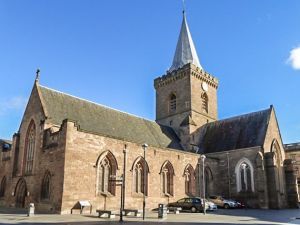
Hearing the carillon or call to worship boom out over the streets of Perth must’ve been a rare thing back in the day (here is the current carillonneur playing).
#3 Drochaid Obair Pheallaidh
“General Wade’s Bridge” at Aberfeldy was built in 1733 and at the time was the only way across the Tay. While in reality designed and built by the architect William Adam, Wade had this lofty inscription carved in Latin on the bridge giving himself a good pat on the back.
“Admire this military road stretching on this side and that 250 miles beyond the limits of the Roman one, mocking moors and bogs, opened up through rocks and over mountains, and, as you see, crossing the indignant Tay. This difficult work G. Wade, Commander-in-Chief of the Forces in Scotland, accomplished by his own skill and ten years labour of his soldiers in the year of the Christian Era, 1733. Behold how much avail the Royal auspices of George 2nd.”
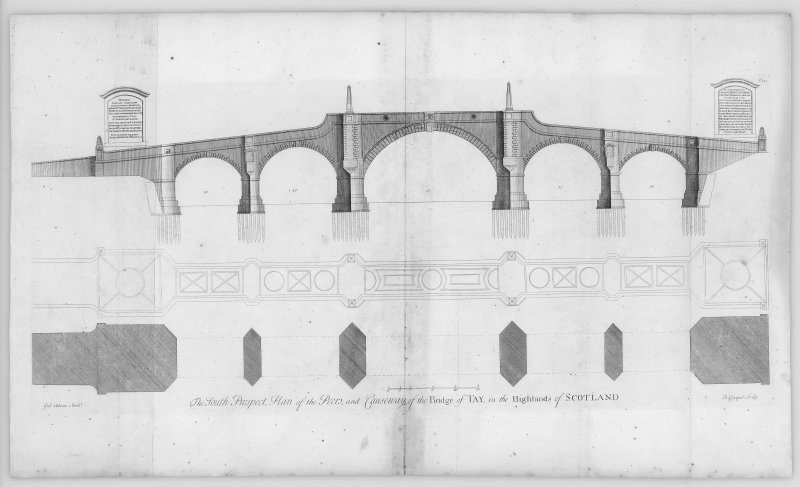
As pleased as Wade was, Thomas Telford thought it was all-fur-coat-an-nae-knickers when he saw it in 1819. “At distance it looks well, but makes a wretched appearance upon close inspection. There are four unmeaning obelisks upon the central arch [i.e. a waste of space] and the parapet is so high that you cannot see over it.”

#4 No Friùthachan
This marvel is less than a bridge. The Fords of Frew is one of the shallowest points on the Forth providing a good place to have an army cross and acted as a natural bottleneck between north and south Scotland. Fortified by Kenneth II in the 10th century and tactically important for the Battles of Sauchieburn (1488), Kilsyth (1645) and Falkirk Muir (1746), today it’s just a streambank in a cow field. Rob Roy was supposed to have escaped from Montrose by leaping from a carriage crossing at the ford and swimming down the river.
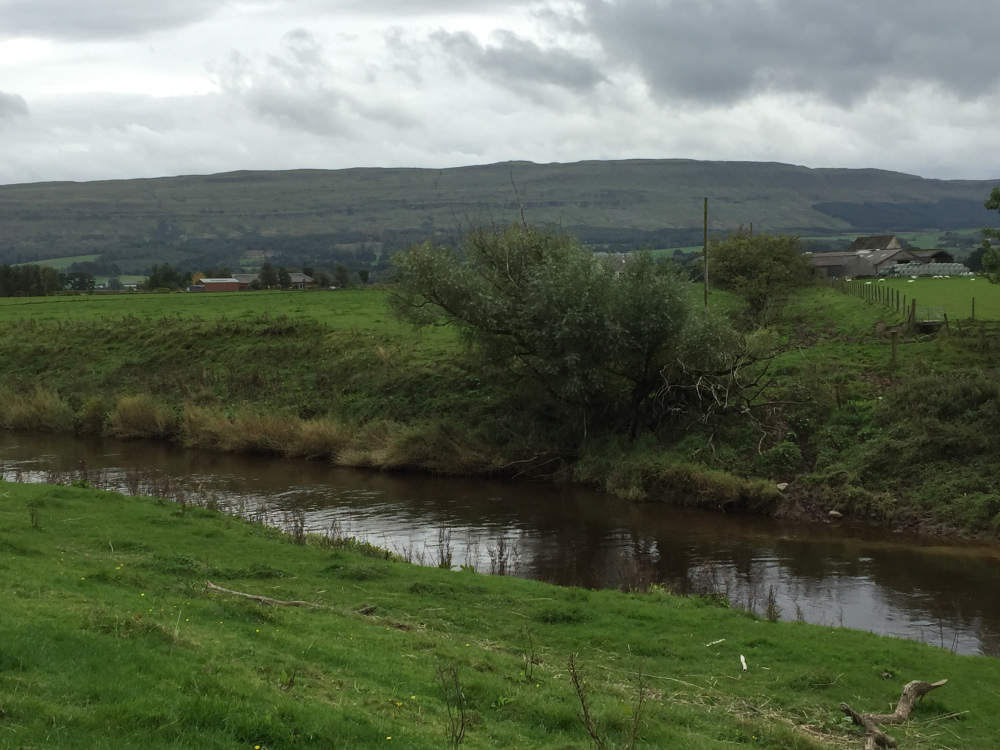
#5 Geata Inbhir Aòra
The “Gate” of Inveraray. I’m not sure specifically what in Inveraray this marvel is. Someone on Twitter suggested that it might be the Avenue Screen wall, with its decorative arches, built in 1787.

Alex Mulholland thought maybe the town itself was a “gate” to the surrounding area because of the geography. As Alex pointed out to me, Inveraray is important defensively. It guards Glen Aray and Loch Fyne and does act as a “gateway” to Kintyre and Knapdale. Inveraray was substantially remodelled after the ’45 so it’s possible the “gate” was part of old Inveraray.
#6 A’ Chraobh a tha fàs an Gàradh na Ceapaich
Oddly specific, this is “the tree that grows in the garden of Keppoch”. Keppoch is near Roybridge in Lochaber that had a castle from about 1500 and later a chieftain’s house built by the 9th Chief of Keppoch, Raonall Og (1554-1587).
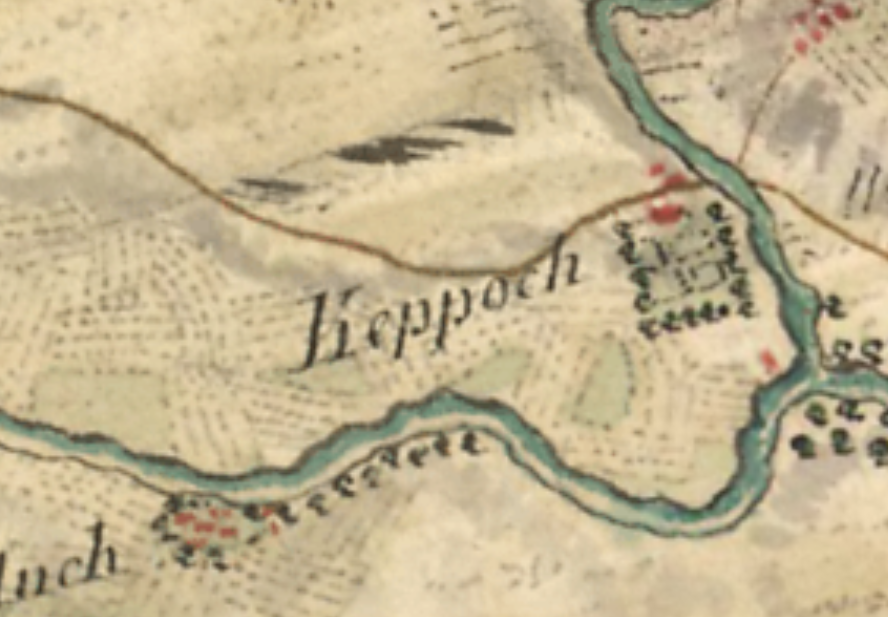
Raonall also planted a pear orchard at Keppoch. One of the oldest orchards in the Highlands, the Gàradh nam Peuran (garden of pears) was famous across the Highlands. It stood for over 100 years until it was burned by the Duke of Cumberland’s forces in 1746. The only thing left standing was a single pear tree.
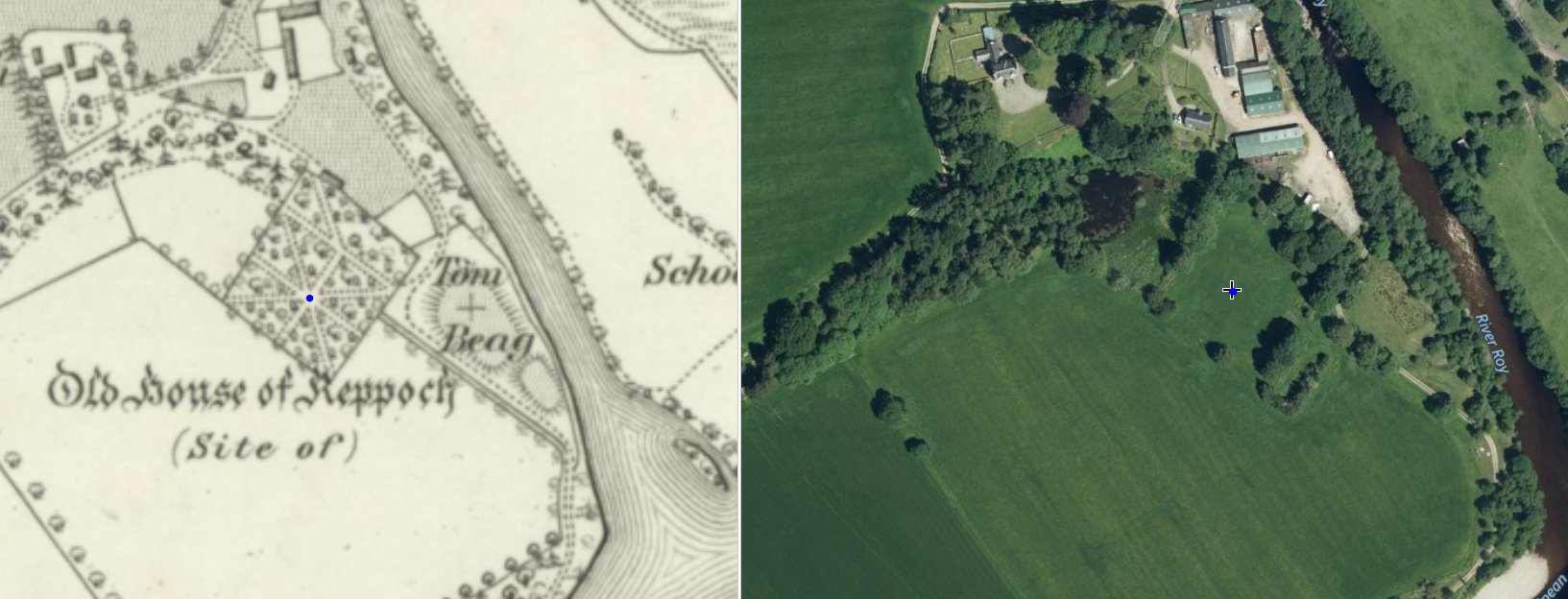
#7 Answers on postcard, please!
When the mìorbhuilean na h-Alba were collected by folklorists from Perthshire in late 19th/early 20th century, only six were known to the folk they interviewed. I haven’t found the seventh. So why are these “wonders” the seachd mìorbhuilean na h-Alba and what links them? The TL;DR version of the rest of the article is “I don’t know. If you do, let us know!”, but allow me to speculate…
At first glance, three have links to Jacobites and the ’45. Bonnie Prince Charlie crossed at Frew and Wade’s Bridge in Feb 1746 on the retreat north after the Battle of Falkirk Muir. Keppoch was burned to the ground by Cumberland’s forces soon after Culloden. Old Inveraray Village was demolished, and the new castle started in 1746 for the Duke of Argyll, who fought the Jacobites at Loch Fyne in Nov 1745.
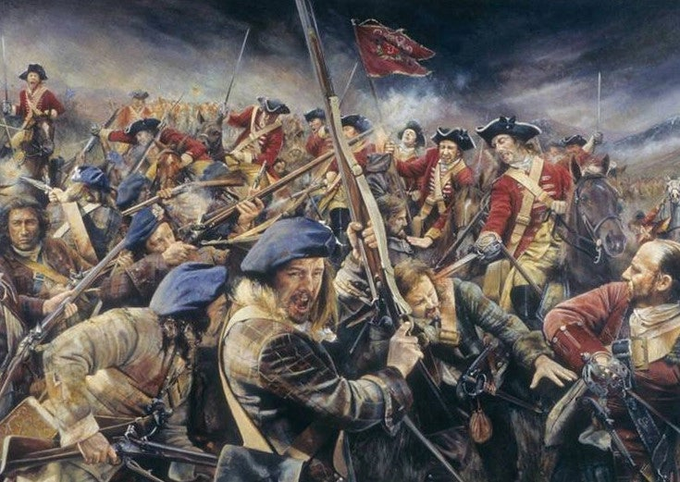
So that leaves the wells and the bells. Charlie visited Perth and attended St John’s Kirk in September 1745 to try to get Presbyterians to warm to Catholics a bit. On October 30th a mob of Hanoverians attacked Jacobite sympathizers in Perth, occupied the Kirk and rang the bells incessantly.
As for the Wells of Linlithgow, there is a legend that when Charlie visited Linlithgow Palace on his way south, the King’s Fountain was filled with wine in celebration of the rightful Stuart king. Whether this happened or not, a well or fountain that you could drink your fill of wine at would certainly be marvellous.